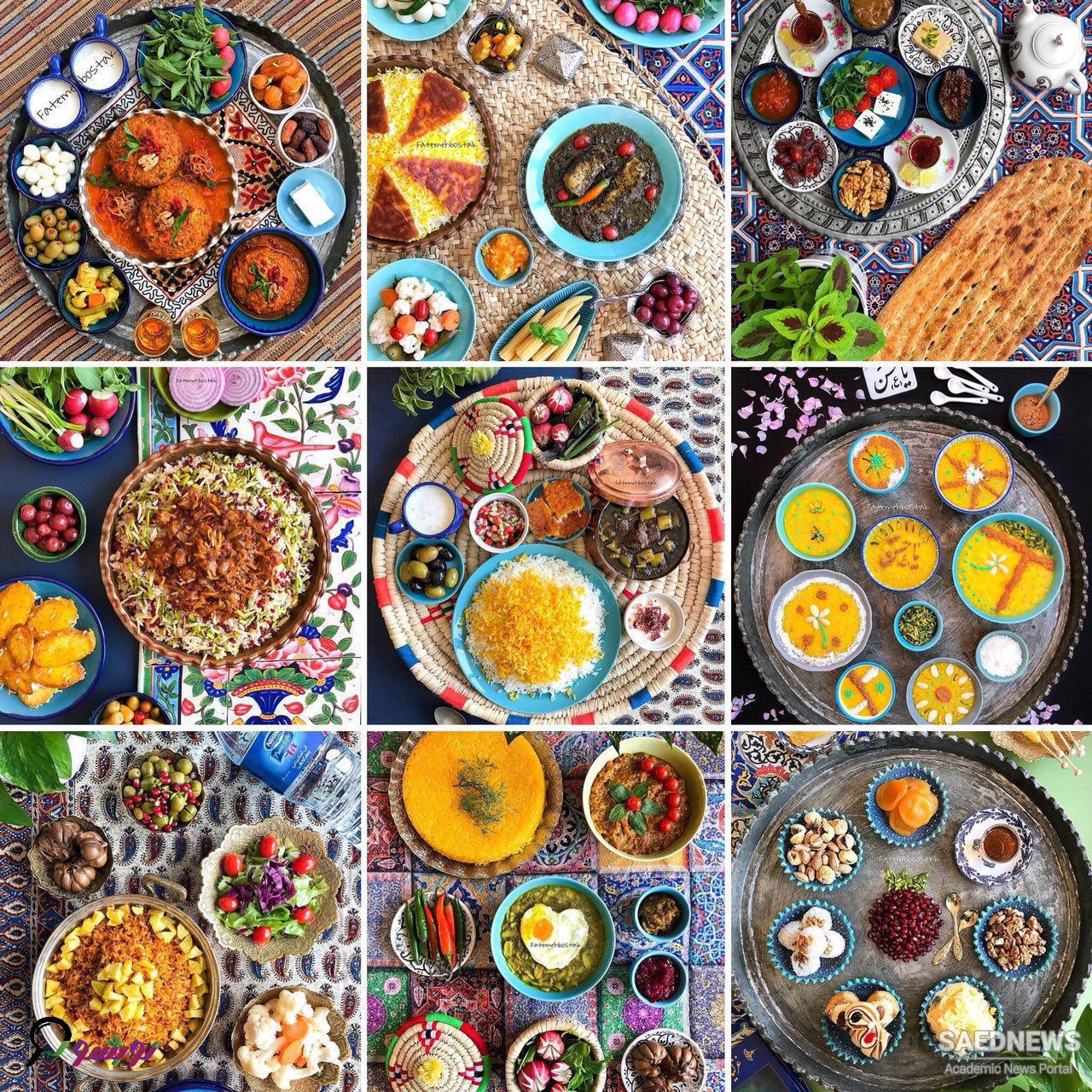“Love passes through the stomach,” the French say. This is no less true for Iranians, for whom food, apart from satisfying physical hunger and helping keep the body healthy, is also invested with spiritual meaning. To Iranians, the preparation and cooking of food is a prime expression of a woman’s loving care, which transforms even the simplest of meals into nourishment for body and soul.
Domestic and food-related work requires a substantial investment of time, effort, and love, and it is therefore ascribed high status in Iranian culture. Women’s considerable power and authority derives from such work. Traditionally, when parents’ sons and their wives and children shared a large house, the mother-in-law, as the oldest female, had the overall responsibility for meals, controlling supplies and mealtimes. While large families no longer live together, the pattern continues by relatives eating meals together, a practice central to Iranian culture. Eating on one’s own is considered undesirable, even quite sad, and TV dinners inconceivable. Even if the television plays in the background, these shared meals reaffirm and strengthen family ties.
As far as everyone’s commitments allow, families have meals together on a daily basis, and if not for lunch, at least for dinner. Parents expect their married offspring and grandchildren to have a meal with them at least once a week, and married siblings often invite each other and their parents for dinner. Entertaining relatives and friends is one of Iranians’ favorite leisure activities, with weekend evenings (Thursday and Friday) the preferred times for visiting and inviting people over. The centrality of food in the culture is underscored by the use of the “spread” (sofreh), a symbolic collection of objects used on certain occasions. One of the examples of this food ceremony is the New Year spread (Sofreh Haft Sin), and the objects symbolizing abundance in nature, good luck, and prosperity for the new year. The objects on the wedding spread (Sofreh Aqd) are used to attract happiness, marital harmony, and prosperity for the new couple. The use of the spread itself draws people around it and functions as a focus of unity that binds Iranians together.


 Food Tourism, Growing Hunger Crisis and Capitalist Ambitions
Food Tourism, Growing Hunger Crisis and Capitalist Ambitions














































